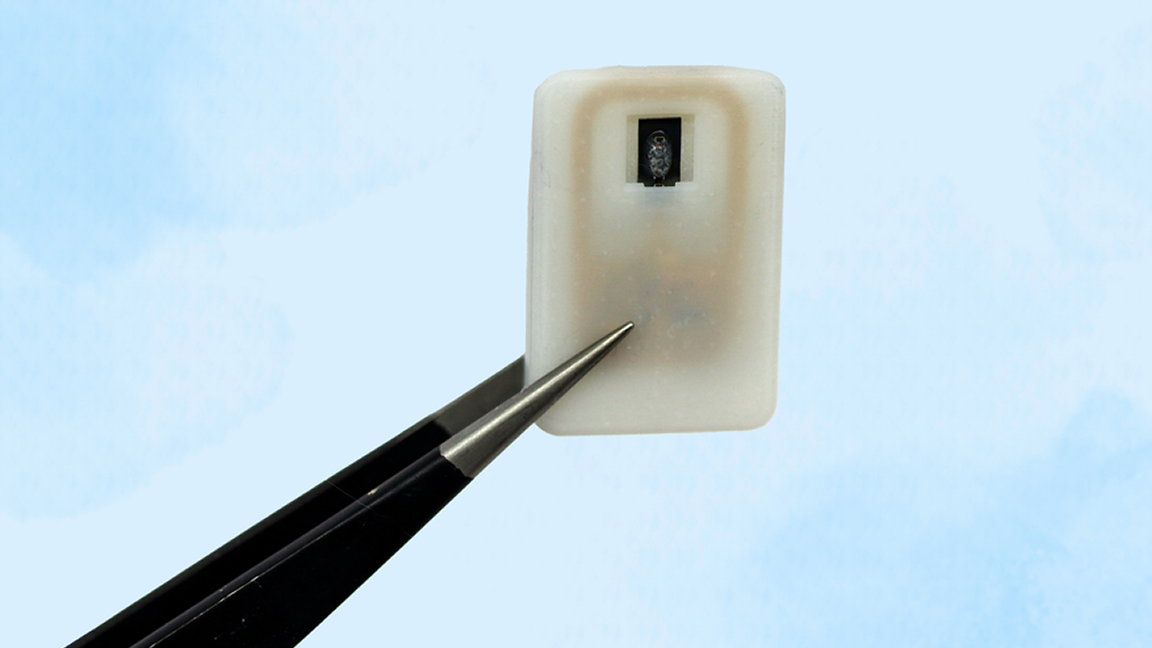MIT engineers 3D print implant for diabetic patients that releases medicine under the skin — chip can be wirelessly activated to melt an alloy that releases powdered glucagon
The terrifying yet fascinating future of 3D-printed medicine is here.

Engineers from MIT, including team leader Siddharth Krishnan, are paving the way when it comes to 3D printed medicine. The team recently created a chip with a 3D-printed component that can be embedded under the skin. This 3D-printed mechanism is able to release medicinal contents when the device is triggered by a wireless command.
According to the news publication shared by MIT, there are potential use cases for this technology in quite a few areas of medicine. For example, the device could be used to help diabetic patients receive critical doses of medicine automatically when they need it. It can also be used to deliver medicine to patients while they sleep.
In the case of diabetic patients, the chip is designed to hold powdered glucagon inside a 3D-printed reservoir. The patient's blood sugar can be monitored separately and remotely. If the blood sugar drops too low, the chip can be triggered wirelessly to release the glucagon when the patient needs it most.
The 3D printed reservoir is closed using a nickel-titanium alloy. The chip can be programmed to heat this alloy when wirelessly triggered, which causes the alloy to bend into a U shape. This releases the medicine into the patient's body. At the moment, the chip is a work in progress, but it's still far enough along to support multiple doses.
The team confirmed they were able to use up to four doses of glucagon on a single chip which lasted for four weeks during the test processes. They are hoping to increase this duration to as much as a year. The current models are undergoing trials on mice but the team plans extend to human clinical trials in a few years.
We unfortunately don't know exactly what type of filament they used for this project. We also don't know what type of 3D printer was used in its creation, but we do have a list of the best 3D printers that we recommend for anyone interested in dabbling in the hobby. Sure, you won't be printing any subdermal chips any time soon, but a Benchy will get you one step closer.
Follow Tom's Hardware on Google News to get our up-to-date news, analysis, and reviews in your feeds. Make sure to click the Follow button.
Get Tom's Hardware's best news and in-depth reviews, straight to your inbox.

Ash Hill is a contributing writer for Tom's Hardware with a wealth of experience in the hobby electronics, 3D printing and PCs. She manages the Pi projects of the month and much of our daily Raspberry Pi reporting while also finding the best coupons and deals on all tech.
-
Dr3ams As a long time type 2 diabetic, the worst thing that could happen when controlling blood sugar is taking too much insulin and/or taking insulin before an activity or excercising. This has happened to me several times and the subsequent low blood sugar is a nightmare. Over the years, I've learned to carefully monitor my intake and activities after taking insulin. I will never trust any device to auto inject insulin. Too many things could go wrong with that, especially for a system that uses a wireless network to manage diabetes.Reply